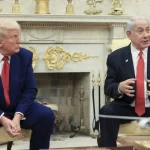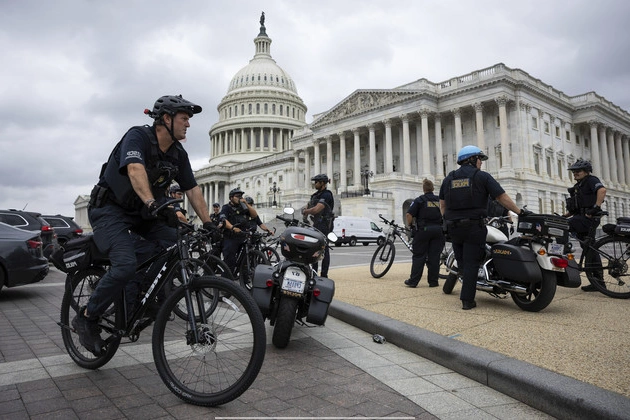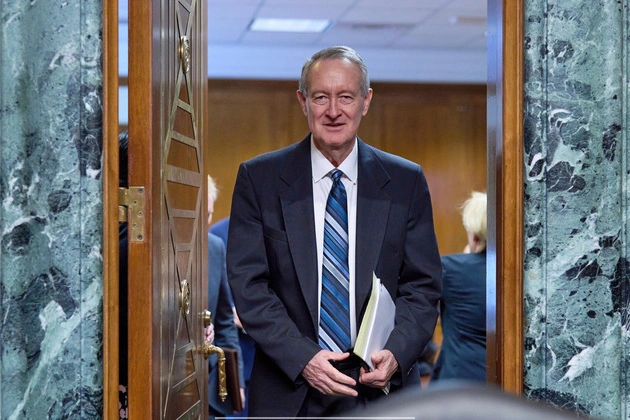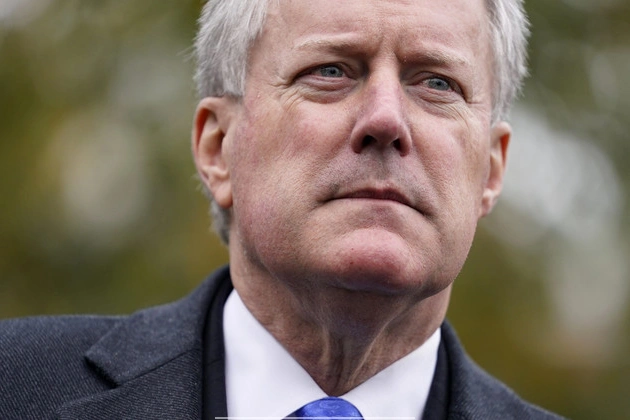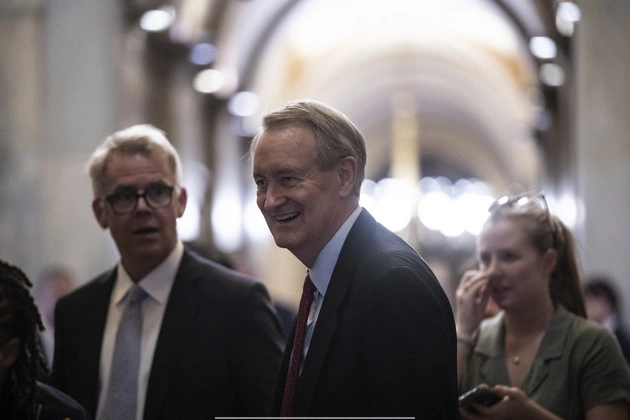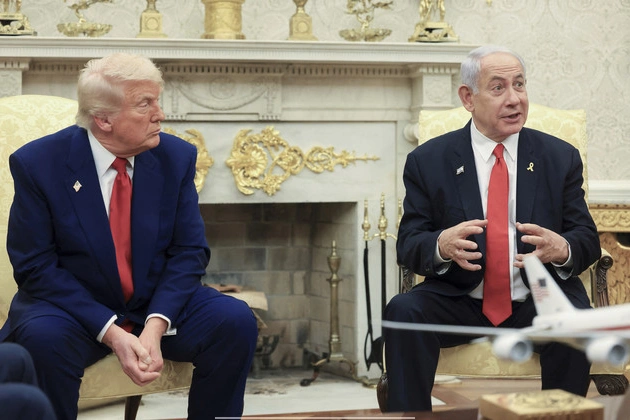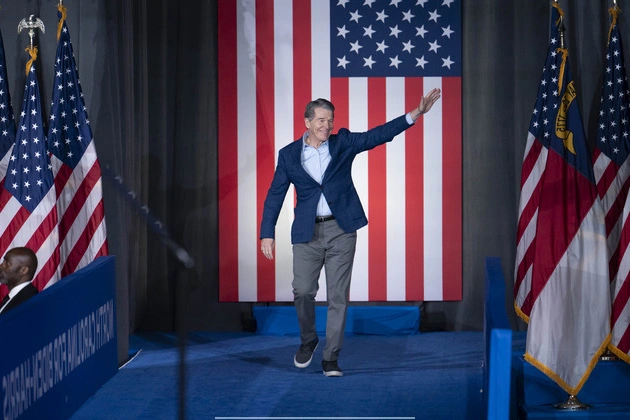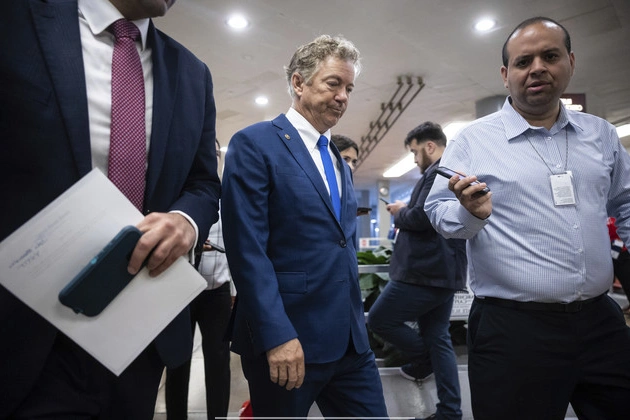
Senator Rand Paul, as chair of the Senate Homeland Security and Governmental Affairs Committee, found himself sidelined in border security negotiations due to his stance on cutting the administration’s border security spending request.
Senate Budget Chair Lindsey Graham has taken over as the lead negotiator, offering himself as the point person on border security provisions. Graham’s move came after Paul introduced his own border security funding plan, which clashed with Graham’s approach.
The Internal Dynamics
Despite Paul’s role as committee chair, Senate Republicans, including James Lankford, are working with leadership to navigate the government affairs provisions independently, sidelining Paul further.
This departure from standard Senate procedure reflects Paul’s isolation within the party, as senior Republicans seek to undermine his influence on the megabill.
Reactions and Responses
Paul’s unilateral approach drew criticism from fellow committee members, like Senator Josh Hawley, who questioned the lack of consultation. Even allies like Senator Ron Johnson shifted their support, favoring the administration’s border security funding request.
Despite attempts by Graham and Senate Majority Leader John Thune to address Paul’s concerns through briefings, Paul remained excluded from the process, raising questions about his influence and collaboration within the party.
The Funding Proposals
Graham’s framework, expected to shape the final package, aligns with House-passed funding levels, emphasizing border wall and infrastructure funding. In contrast, Paul’s proposal allocates significantly less to border security, sparking further debate within the party.
Paul defended his approach, highlighting the lack of committee votes on contributions to the megabill and his involvement in negotiations on relevant provisions.
Conclusion
The internal rift over border security funding underscores the challenges of balancing party interests and individual stances within the Senate. Paul’s exclusion and divergent proposals signal deeper divisions that could impact the final outcome of the megabill.
This dynamic within the Republican Party highlights the complexities of legislative negotiations and the competing priorities that shape policy decisions.

